Thaumatropes are a simple optical illusion toy that are a ton of fun to make and play with. For Valentine’s Day, we put a little spin on our thaumatropes by adding sweet little messages to make playful Valentine’s Day cards! This thaumatrope activity is addictively fun STEM project for scientists of all ages.
For more STEM fun, check out our Epic STEM Challenge Bundle in our shop!

Getting Ready
Prep for this thaumatrope activity was sweet and simple. All you need to make these STEM toys are cardstock, rubber bands or wooden skewers, glue, a hole punch and markers.
Before making the thaumatropes, I had my 6 year-old think of a few simple Valentine’s messages she wanted to put on her card (hearts, Valentine’s Day jokes, etc.).
Then she grabbed two pieces of cardstock and on one piece drew a large heart. On the second piece, I helped her figure out where she could write her message so that when the thaumatrope spun, her words would appear inside the heart.
Aligning the two images really is the trickiest part of this thaumatrope activity. I drew lines with pencil very lightly on the cardstock so she could write her message on it and then erase the pencil marks.
Making the Thaumatropes
Once she had both sides complete, we simply glued the two sides together and punched a hole at top and bottom of the thaumatrope. I wove a rubber band through the holes and we were ready to see her Valentine creation in action.
We’ve made thaumatropes in the past using a wooden skewer sandwiched between 2 layers of cardstock, but for my 5 year-old, they were a little difficult to spin quickly enough to get the magical moving picture effect.
This time around, we used rubber bands and all my kiddo had to do was hold the ends and let the twisted rubber bands do all the spinning. Even though the wooden skewers make super cute thaumatropes, I’d recommend using rubber bands or string for children younger than 8.
I had my daughter hold both ends of the rubber bands while I twisted the thaumatrope. Once the rubber bands were twisted enough, all that was left to do was stand back and let the thaumatrope spin. My kiddo was all smiles when she saw her message magically appear inside the heart. Once she got the idea down, she couldn’t wait to make more optical illusions for all of her friends. This thaumatrope activity was a huge hit!
The Science Behind It
A thaumatrope is a simple optical illusion toy that was popular in the 19th century. It is simply a piece of strong paper with a image drawn on both sides and attached to a stick or two pieces of string as a means to spin it. When spun, the two images appear to merge or blend due to the persistence of vision.
Persistence of vision refers to the optical illusion whereby multiple discrete images are perceived as a single image in the brain. The retina in your eye sends visual information to your brain but the image produced by the retina lingers for 1/10 to 1/20th of a second. The traumatrope tricks your brain by switching images faster than 1/10th of a second. The first image is still lingering on the retina when the second image is seen, thus the two images blend and are seen as one. This is called “the principle of the persistence of vision.”
The thaumatrope was just one of many optical illusion toys popular in the 1800s. It is also credited with being the first cinematographic device and inspired the creation of moving pictures. Just like the thaumatropes we made, movies and cartoons use the persistence of vision to make flashing pictures appear to move.
More Awesome Science for Kids
Ready for more?! Grab our Epic STEM Challenge Bundle!



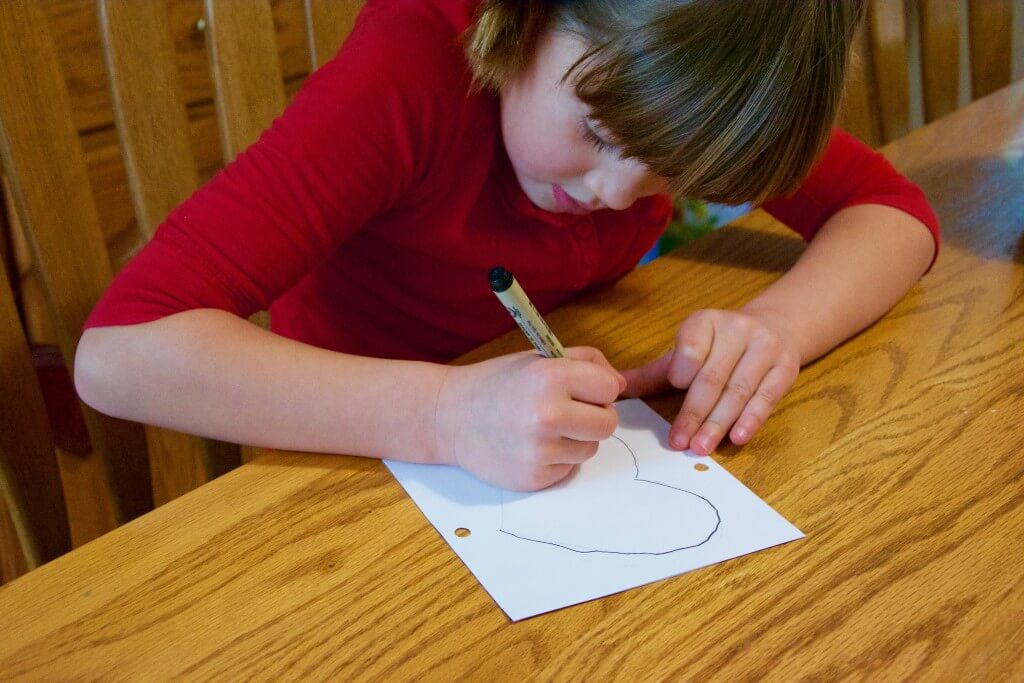
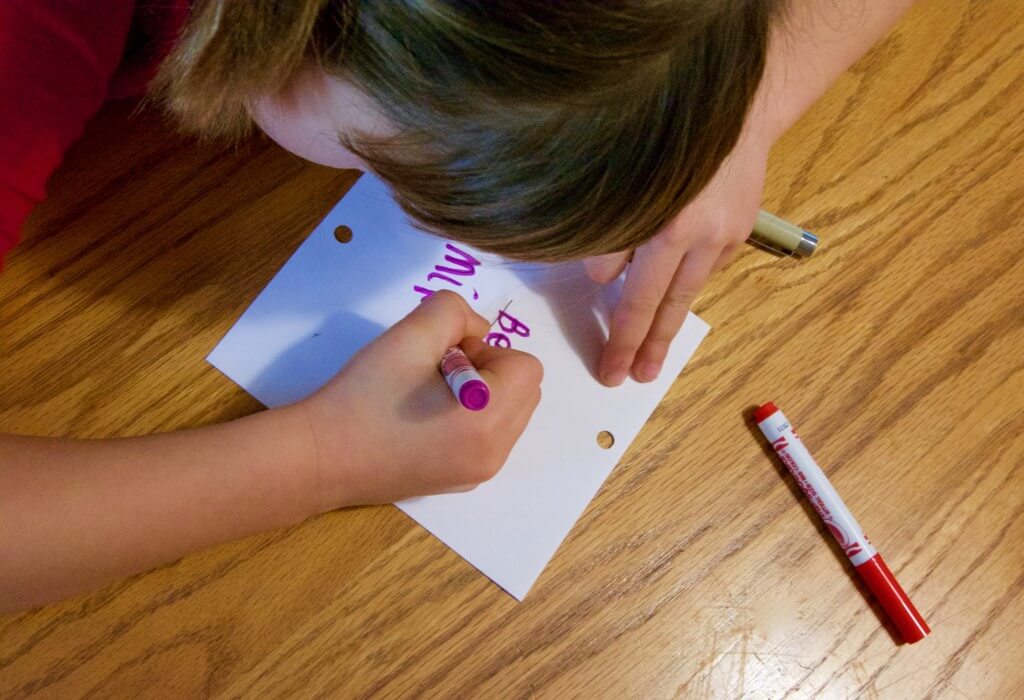
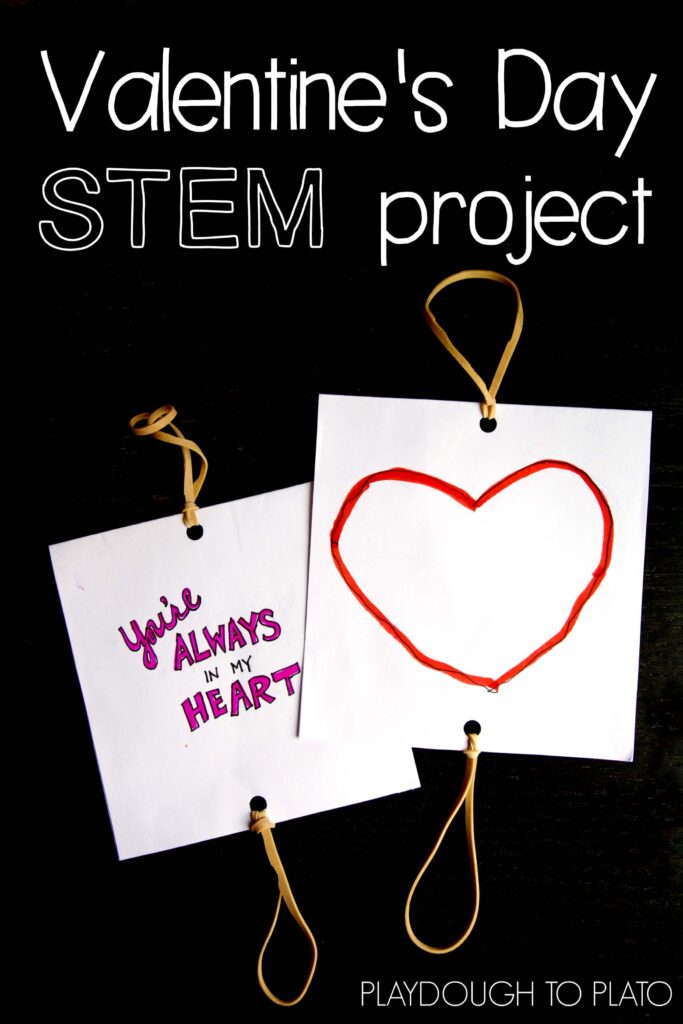

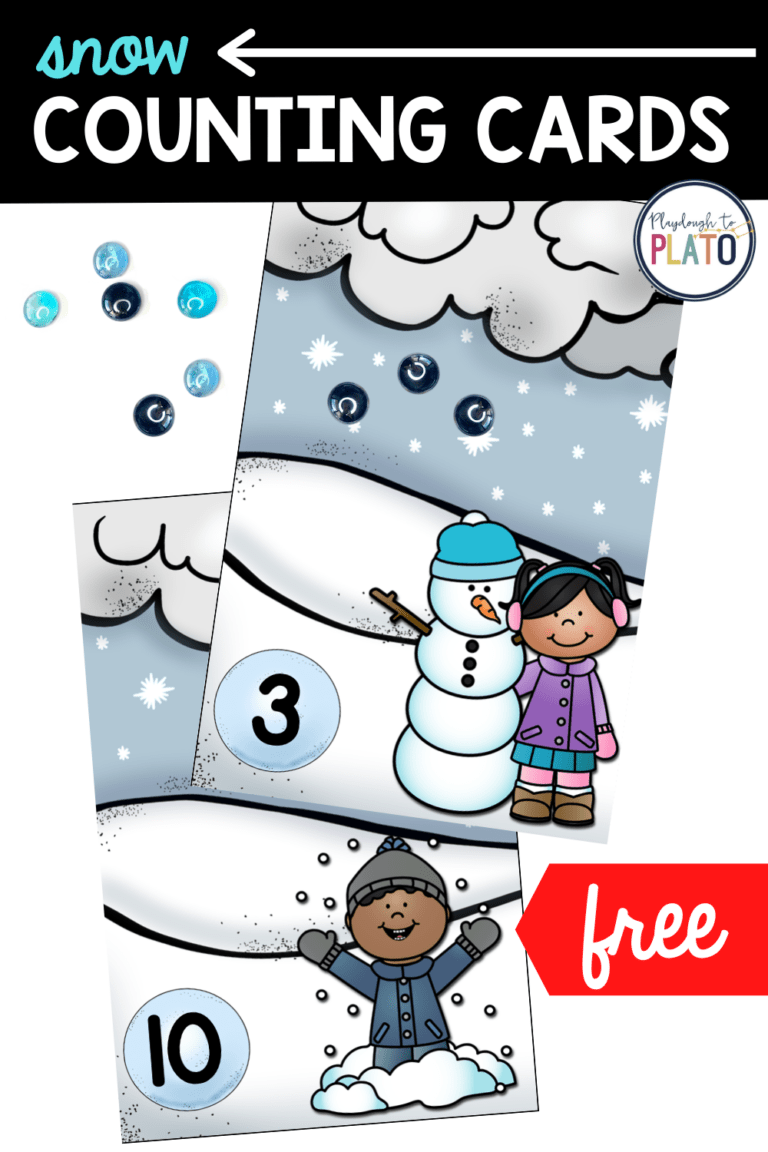
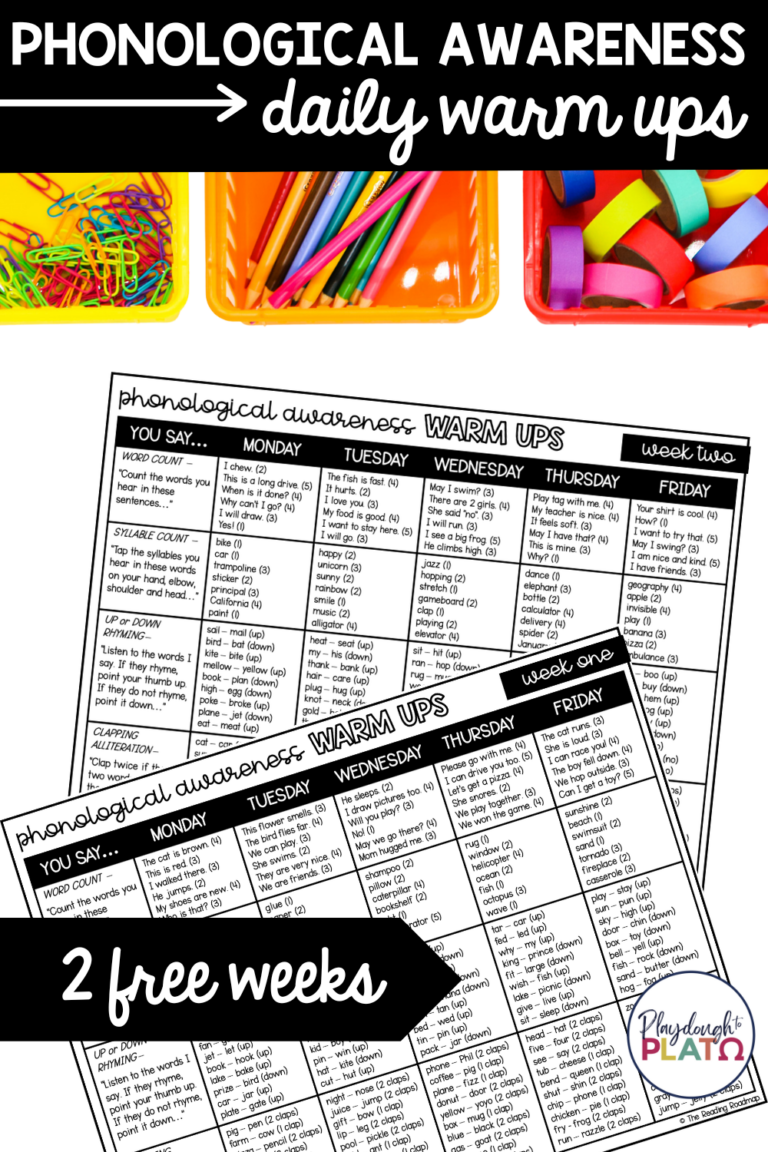
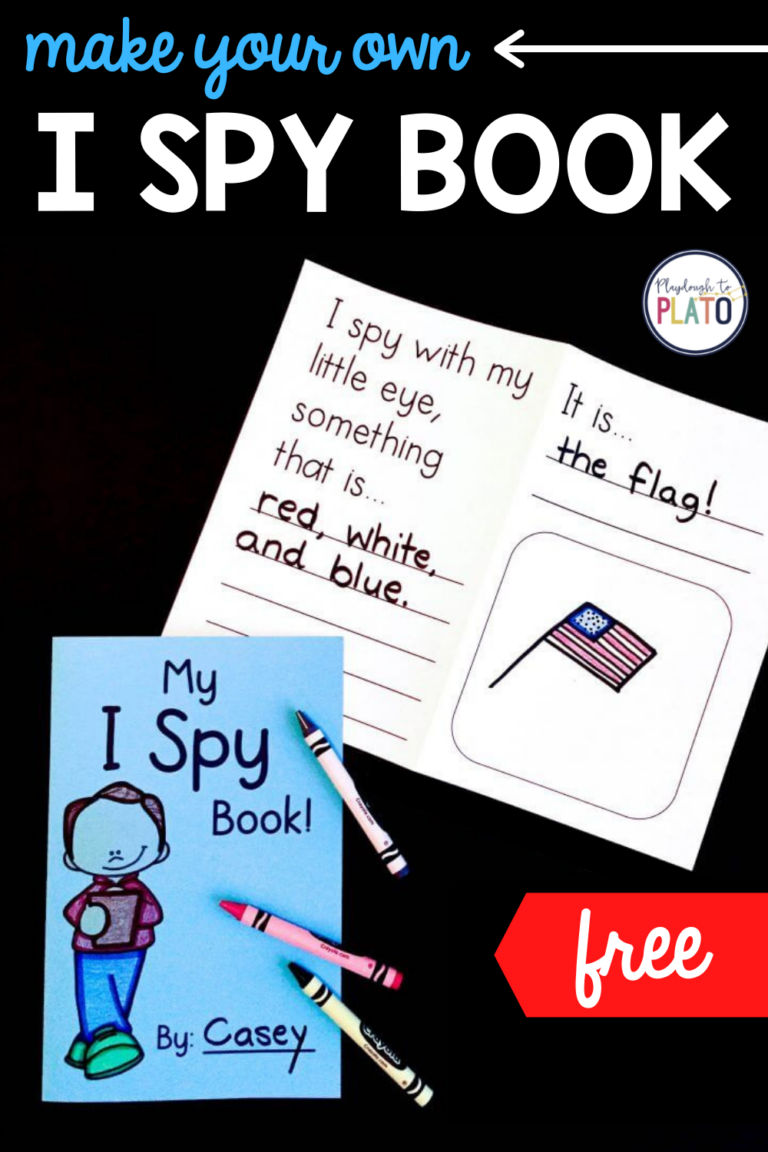
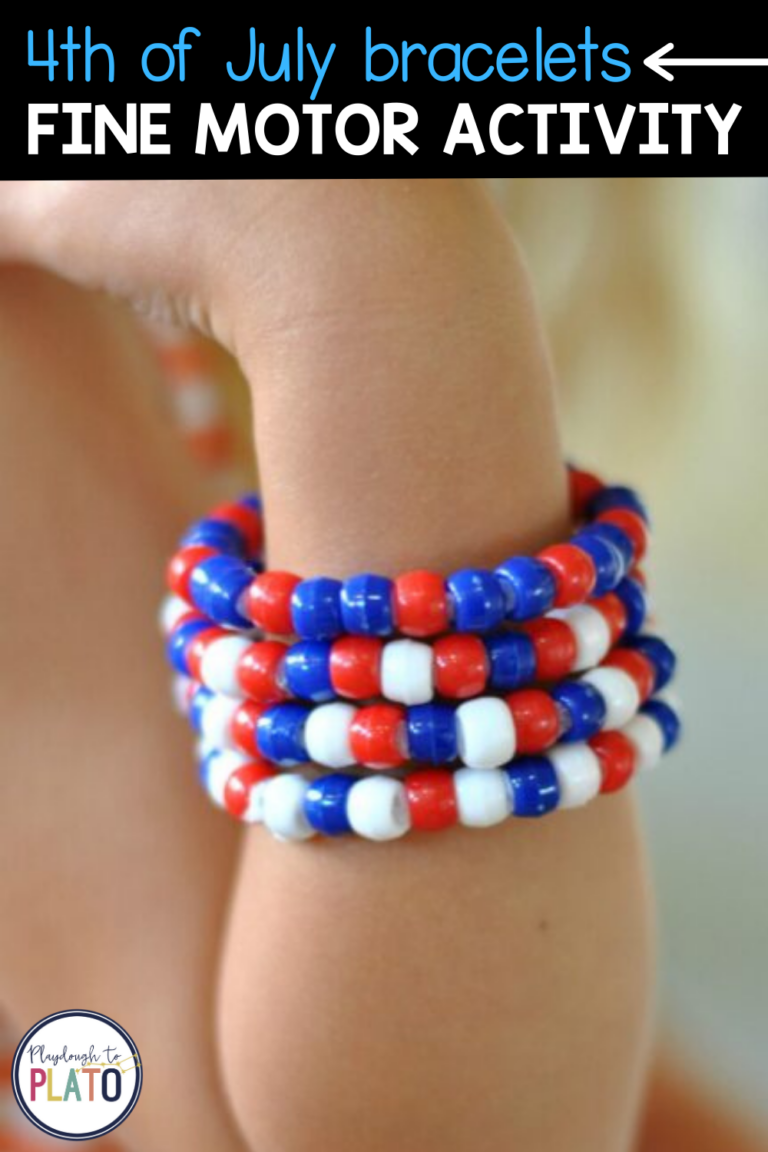


3 Comments